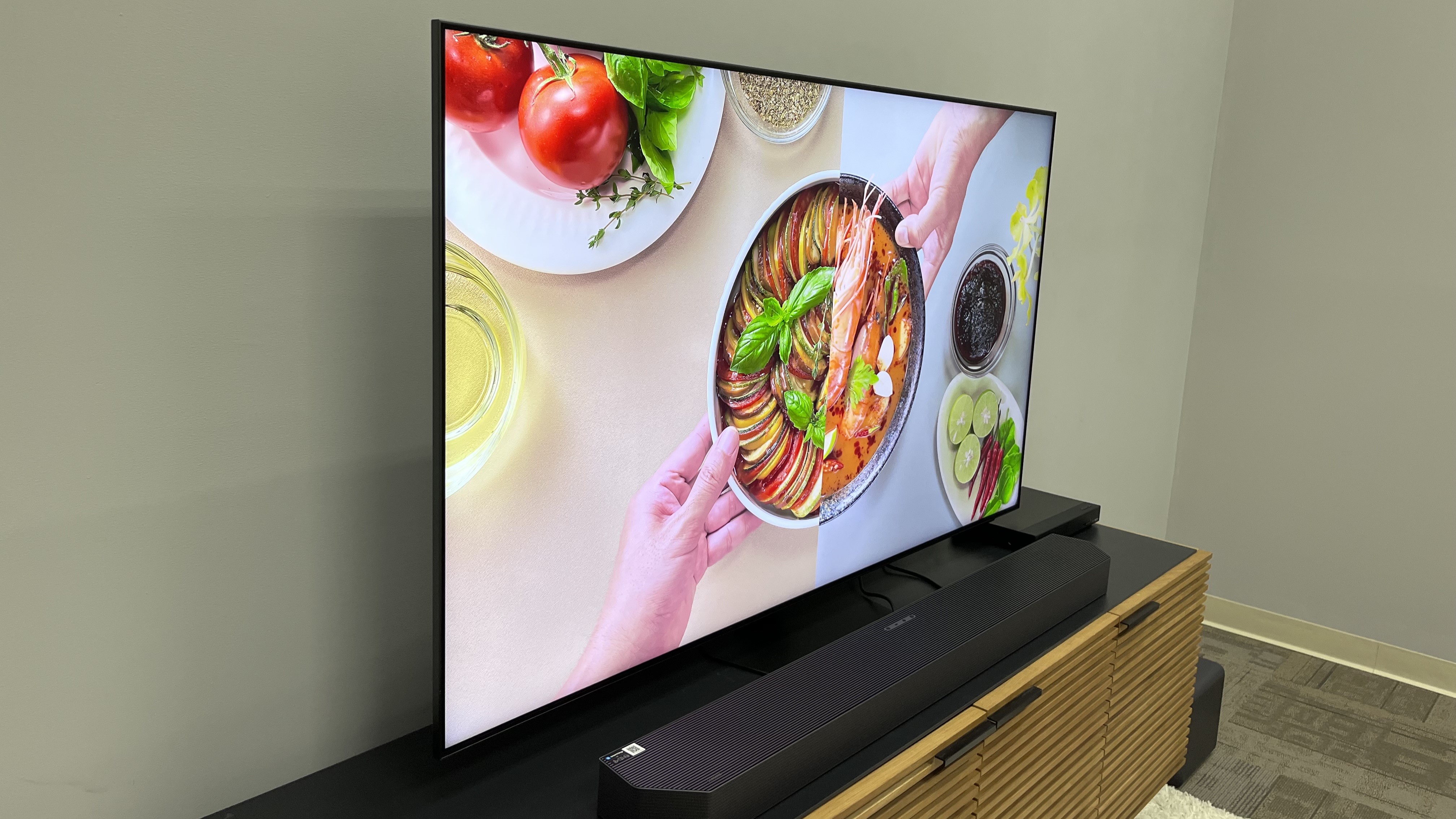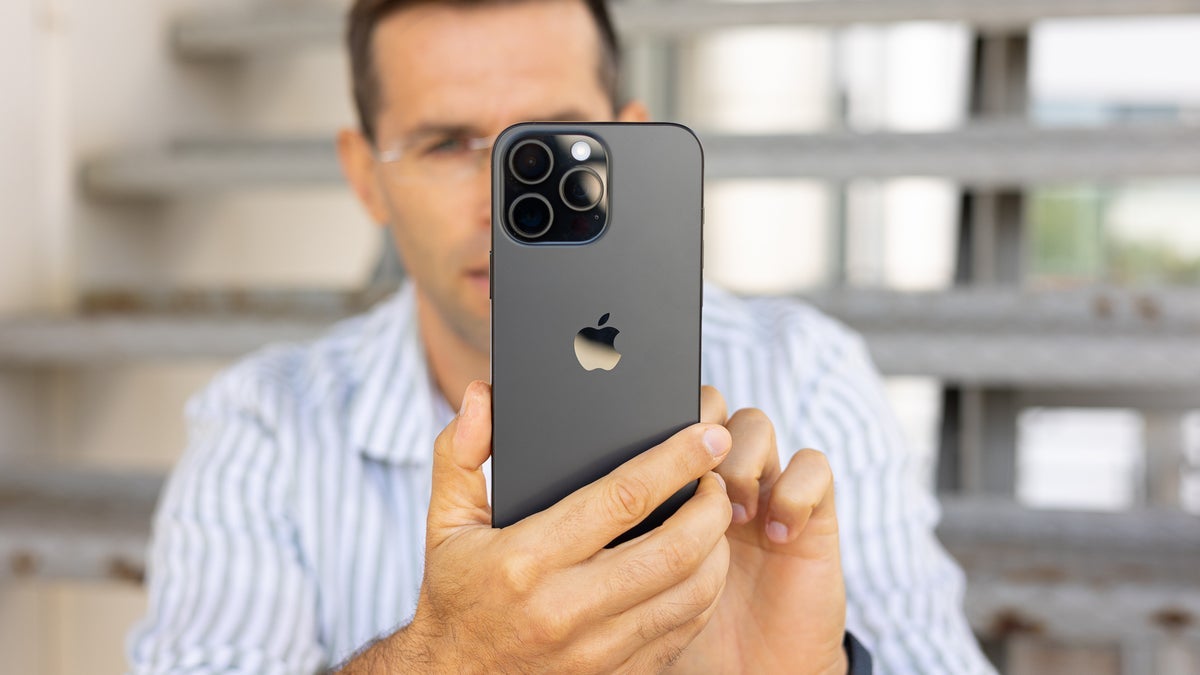Why does somethings just look so good?
Ever looked at something and thought, “Why does this look so good?” From Porsches to perfectly curated rooms, there’s real...


Have you ever gazed at a Porsche 911, a meticulously designed interior, or a flawlessly assembled outfit and thought, "Why does this look so good?" While personal taste plays a role, there's a fascinating blend of psychology and science that explains why certain designs captivate us universally. Let's embark on a journey to unravel the secrets behind timeless aesthetics and discover how to harness this knowledge in our daily lives.
1. The Allure of Shapes: Curves vs. Angles
Our brains are wired to respond to specific shapes in distinct ways. Curved forms, reminiscent of rolling hills and the human body, evoke feelings of comfort and approachability. In contrast, sharp, angular shapes, akin to skyscrapers or knives, convey precision and power. This understanding is pivotal in design. For instance, the Porsche 911's smooth, flowing curves mirror natural forms, exuding elegance and timelessness. Conversely, a Lamborghini's sharp angles and aggressive lines project a sense of futuristic dynamism. Neither is superior; each elicits unique emotional responses. When designing a room or selecting an outfit, consider the shapes and lines you incorporate, as they significantly influence the ambiance and perception.
2. The Psychology of Design: More Than Meets the Eye
Design transcends mere visual appeal; it profoundly impacts our emotions and perceptions. Our brains constantly seek to simplify the vast array of visual information we encounter, often making quick judgments based on familiar cues. For example, a minimalist, Scandinavian-inspired room might evoke feelings of peace and simplicity due to its clean lines and uncluttered space. This phenomenon is rooted in our brain's preference for environments that are easy to interpret and navigate, reducing cognitive load and promoting relaxation. Moreover, our personal experiences and cultural backgrounds shape our aesthetic preferences, highlighting the intricate interplay between design elements and individual perception.
3. The Science of Beauty: Proportions and Ratios
Beauty isn't entirely subjective; certain proportions and compositions have a universal appeal. The golden ratio, approximately 1.618, is a mathematical proportion found in nature, art, and architecture, believed to create aesthetically pleasing compositions. Designs adhering to this ratio are often perceived as harmonious and balanced. For instance, the Parthenon's façade and Leonardo da Vinci's "Vitruvian Man" employ the golden ratio, contributing to their enduring allure. Incorporating such proportions in design can enhance visual appeal and evoke a sense of natural beauty.
4. Emotional Design: Connecting on a Deeper Level
Donald Norman's concept of emotional design emphasizes that products should not only be functional but also evoke positive emotions. He identifies three levels of design:
- Visceral: Immediate, subconscious reactions to an object's appearance.
- Behavioral: The pleasure derived from using the product effectively.
- Reflective: The personal meaning and value attached to the product over time.
By addressing all three levels, designers can create products that resonate deeply with users, fostering lasting connections and satisfaction.
5. The Principle of "Unity in Variety"
Aesthetic pleasure often arises from a balance between unity and variety. Too much uniformity can be monotonous, while excessive variety may feel chaotic. Achieving harmony involves integrating diverse elements cohesively. For example, a well-curated outfit might combine different textures and colors that complement each other, creating a cohesive yet interesting look. This principle applies across various design disciplines, from interior decorating to branding, ensuring that compositions are engaging without being overwhelming.
6. The Aesthetic–Usability Effect
Attractive designs are often perceived as more user-friendly—a phenomenon known as the aesthetic–usability effect. Users are more forgiving of minor usability issues when a product is visually appealing, as the positive emotional response can overshadow functional shortcomings. This underscores the importance of integrating aesthetics into functional design, enhancing both the user experience and satisfaction.
7. Biophilic Design: Bringing Nature Indoors
Integrating natural elements into design, known as biophilic design, has been shown to improve well-being and create more inspiring spaces. Incorporating materials like wood and stone, as well as natural light and vegetation, can reduce stress and enhance mood. This approach fosters a connection with nature, promoting health and productivity in living and working environments.
8. Cultural Influences: The Japanese Concept of Yugen
Cultural philosophies significantly shape aesthetic preferences. The Japanese concept of yugen refers to a profound, mysterious sense of beauty that is subtly suggested rather than overtly displayed. In design, this translates to creating spaces that evoke emotion through understated elegance and simplicity, encouraging contemplation and a deeper appreciation of the environment.
Conclusion: Applying Aesthetic Principles in Everyday Life
Understanding the psychology and science behind aesthetics empowers us to make intentional design choices that enhance our environments and personal style. Whether arranging a room, developing a website, or selecting an outfit, considering factors like shape, proportion, emotional resonance, and cultural context can transform the ordinary into the extraordinary. Remember, while beauty may be in the eye of the beholder, it's also in the mind of the perceiver. So, the next time you find yourself captivated by a design, take a moment to ponder the elements at play—you might just uncover the formula to your own aesthetic delight.














































































































































































![[The AI Show Episode 142]: ChatGPT’s New Image Generator, Studio Ghibli Craze and Backlash, Gemini 2.5, OpenAI Academy, 4o Updates, Vibe Marketing & xAI Acquires X](https://www.marketingaiinstitute.com/hubfs/ep%20142%20cover.png)































































































































![[DEALS] Microsoft Office Professional 2021 for Windows: Lifetime License (75% off) & Other Deals Up To 98% Off – Offers End Soon!](https://www.javacodegeeks.com/wp-content/uploads/2012/12/jcg-logo.jpg)


































































































































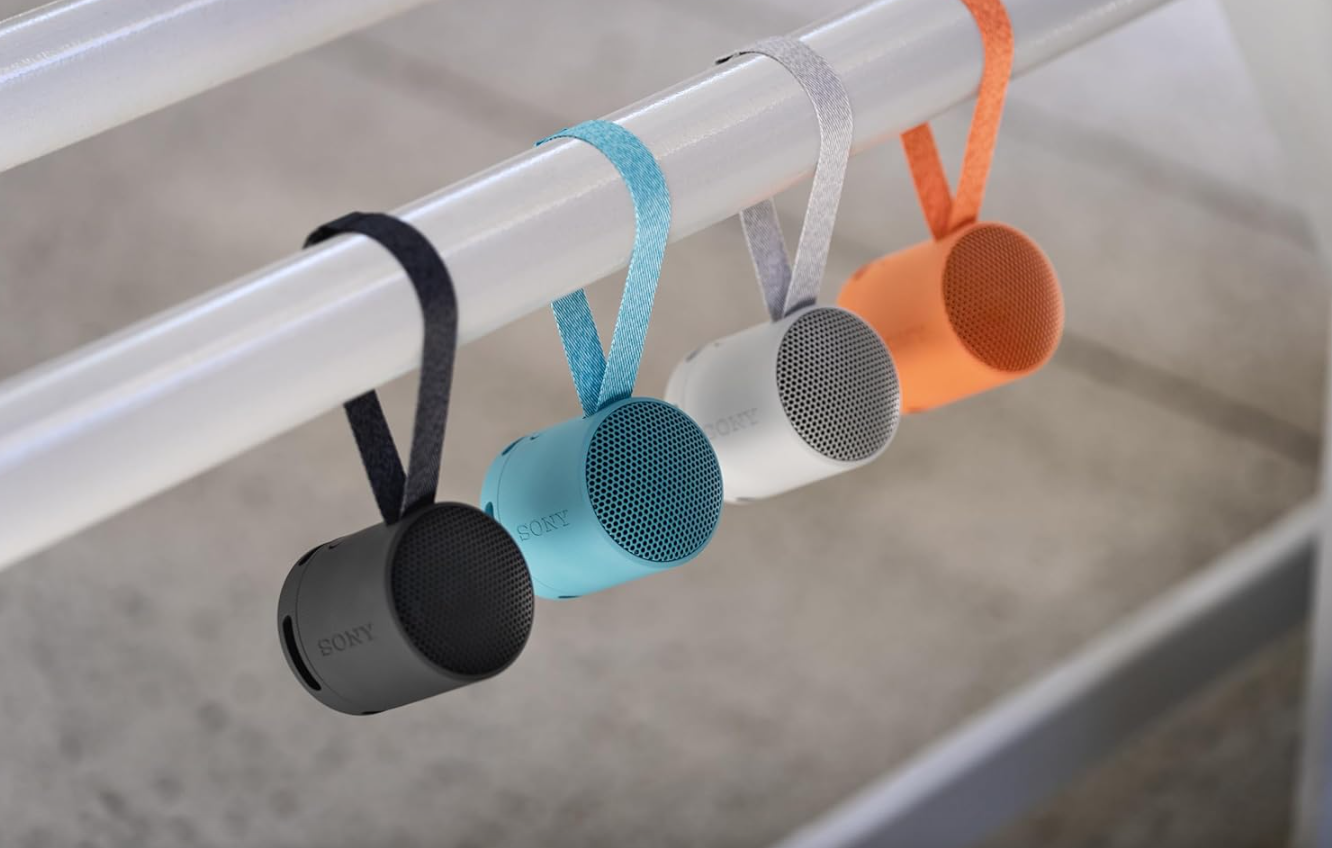










_Anthony_Brown_Alamy.jpg?#)
_Hanna_Kuprevich_Alamy.jpg?#)




.png?#)
















































































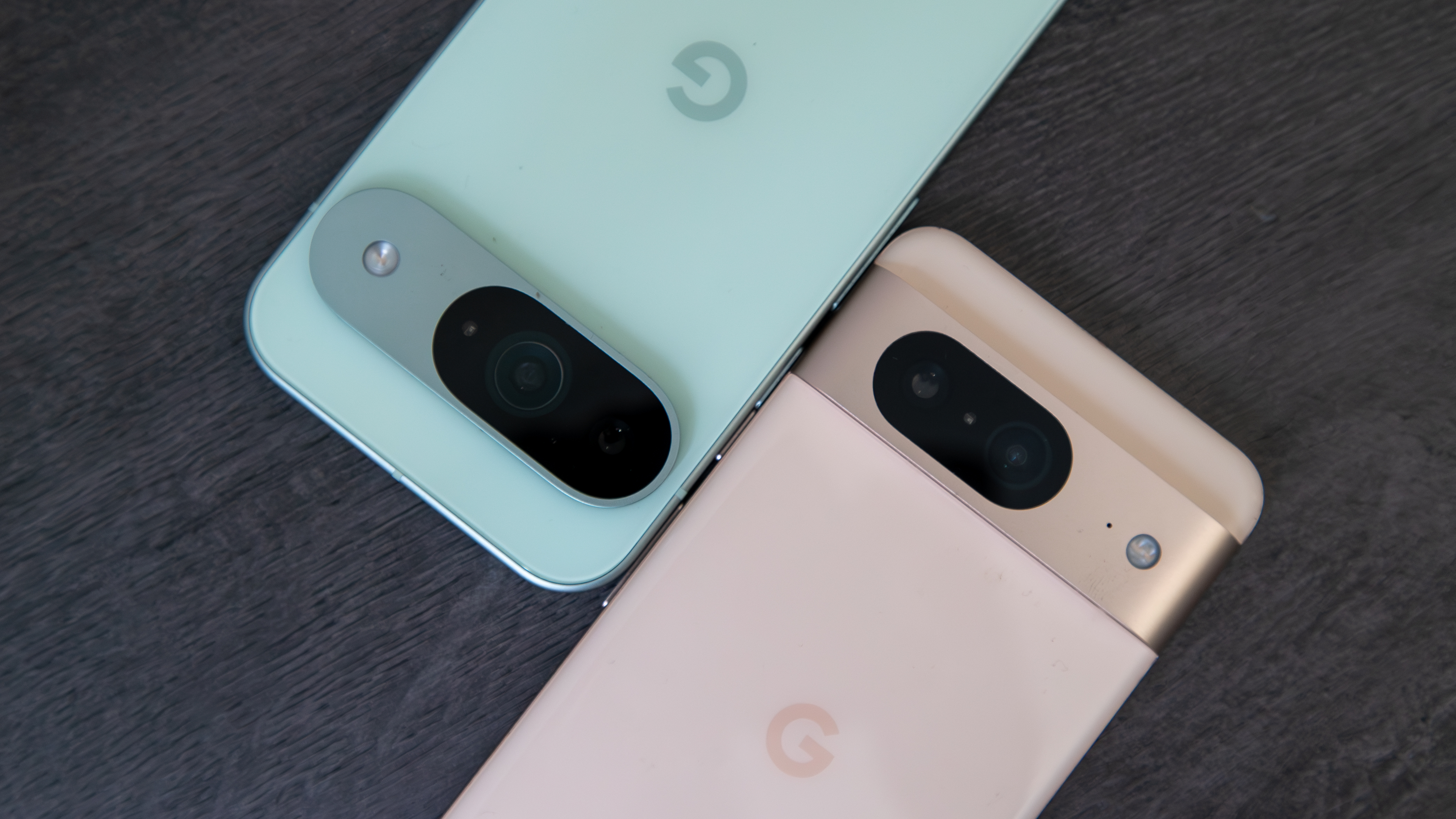



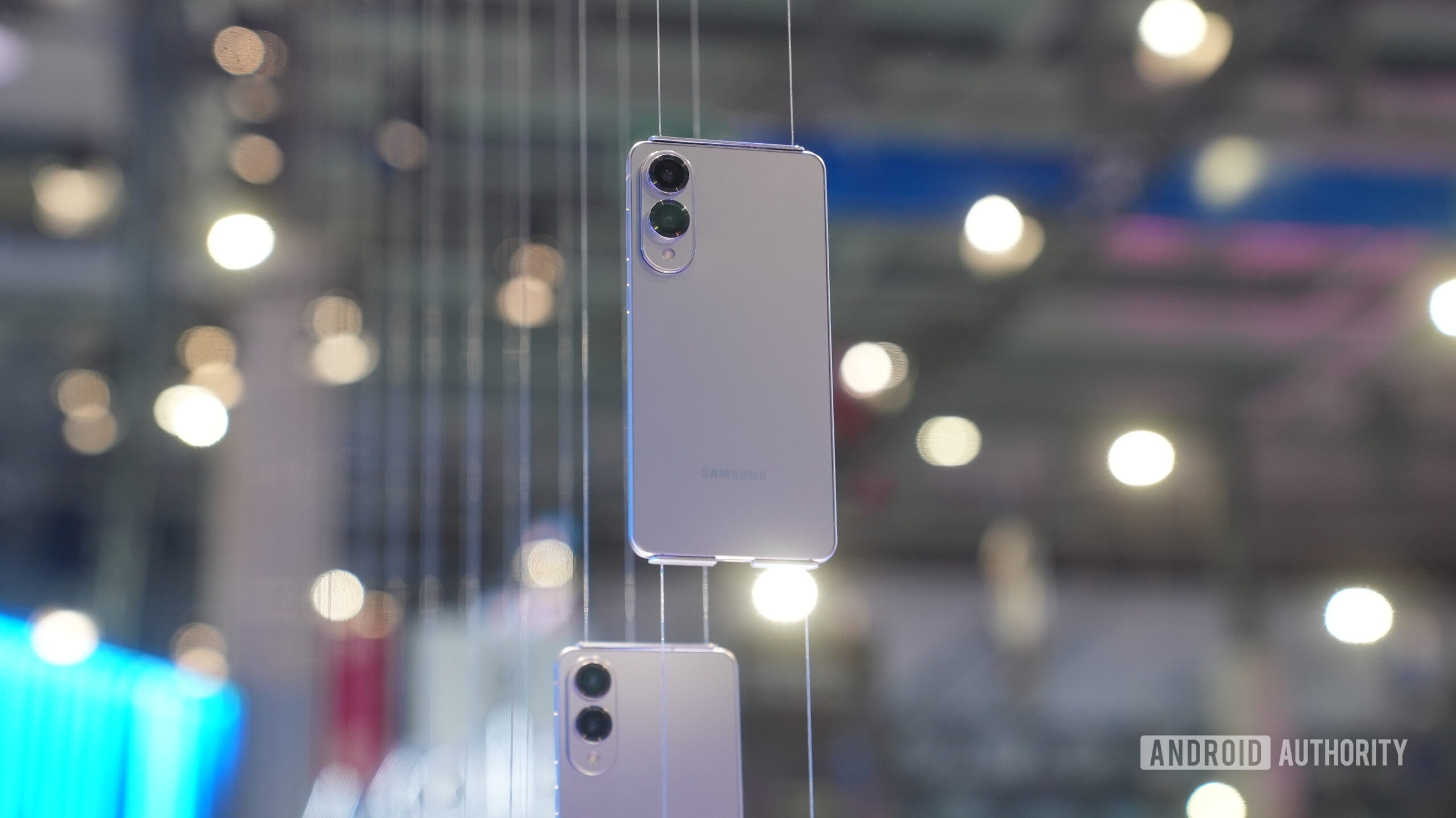




















![YouTube Announces New Creation Tools for Shorts [Video]](https://www.iclarified.com/images/news/96923/96923/96923-640.jpg)

![Apple Faces New Tariffs but Has Options to Soften the Blow [Kuo]](https://www.iclarified.com/images/news/96921/96921/96921-640.jpg)














